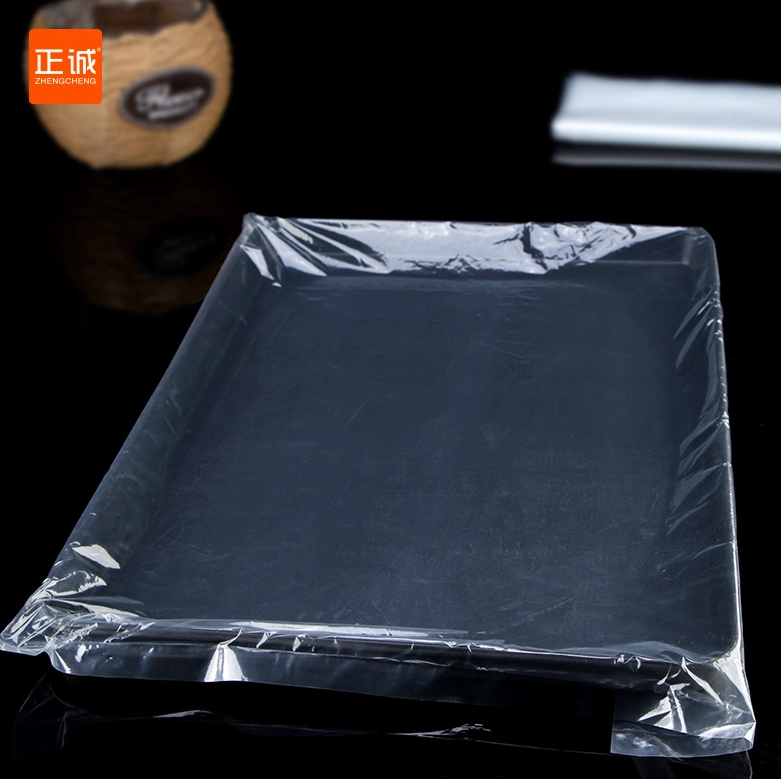When it comes to storing bananas, many people overlook the importance of proper storage techniques. Bananas are not only a popular fruit but also a delicate one that requires specific conditions to maintain their freshness and flavor. In this article, we will explore the best practices for banana storage, the science behind ripening, and innovative methods to prolong their shelf life.
Understanding Banana Ripening
Bananas are unique among fruits due to their ethylene production. Ethylene is a natural plant hormone that accelerates the ripening process. When bananas are harvested, they are typically green and firm. As they ripen, they transition to a yellow color and eventually develop brown spots. Understanding this process is crucial for determining the best storage methods.
Ideal Storage Conditions
- Temperature Control:
- Room Temperature: For optimal ripening, bananas should be stored at room temperature, ideally between 60°F to 70°F (15°C to 21°C). This allows the ethylene gas to circulate and promote even ripening.
- Refrigeration: Once bananas reach the desired ripeness, they can be placed in the refrigerator. While the skin may turn brown, the fruit inside will remain fresh for a longer period. This is particularly useful for those who cannot consume bananas quickly.
- Avoiding Direct Sunlight:
- Exposure to direct sunlight can accelerate ripening and lead to spoilage. Store bananas in a cool, dark place, away from heat sources.
- Separation from Other Fruits:
- Since bananas emit ethylene gas, storing them with other fruits can cause those fruits to ripen faster. To prevent premature spoilage, keep bananas separate from apples, avocados, and tomatoes.
Innovative Storage Techniques
- Hanging Baskets:
- Using a hanging basket can help prevent bruising, which often occurs when bananas are stacked or placed in a bowl. This method allows for better air circulation and reduces the risk of over-ripening.
- Plastic Wrap on Stems:
- Wrapping the stems of bananas with plastic wrap can slow down the release of ethylene gas. This simple technique can extend the shelf life of your bananas by a few days.
- Banana Keeper:
- Investing in a banana keeper can be beneficial. These containers are designed to provide optimal airflow while protecting bananas from bruising. They can be particularly useful for those who purchase bananas in bulk.
Signs of Spoilage and How to Use Overripe Bananas
Recognizing when bananas are overripe is essential for effective storage. Signs include excessive browning, a mushy texture, and an off smell. However, overripe bananas are not necessarily waste; they can be repurposed in various ways:
- Baking: Overripe bananas are perfect for banana bread, muffins, or pancakes. Their natural sweetness enhances baked goods.
- Smoothies: Blend overripe bananas into smoothies for added creaminess and flavor.
- Freezing: If you cannot use them in time, peel and freeze overripe bananas for later use in smoothies or baking.
Conclusion
Storing bananas may seem straightforward, but understanding the science behind their ripening and employing effective storage techniques can significantly enhance their shelf life and flavor. By controlling temperature, avoiding direct sunlight, and utilizing innovative storage methods, you can enjoy fresh bananas for longer. Remember, overripe bananas are not the end; they can be transformed into delicious recipes that minimize waste and maximize flavor. With these tips, you can become a banana storage expert, ensuring that your fruit remains fresh and delightful.


